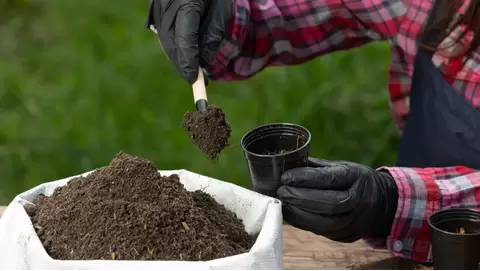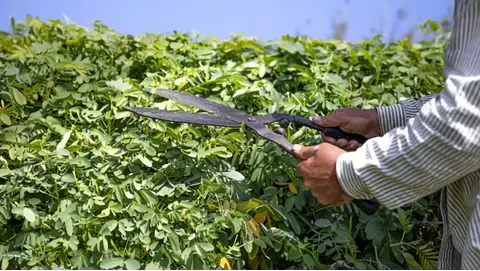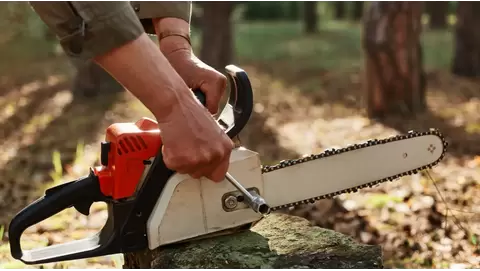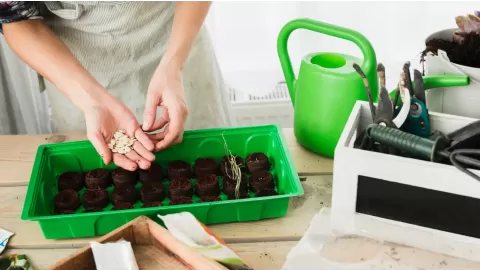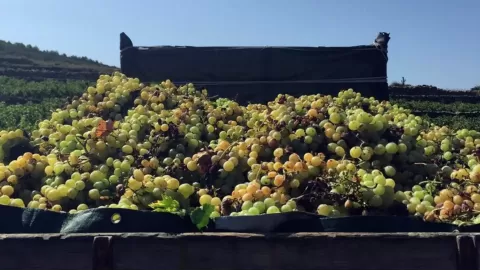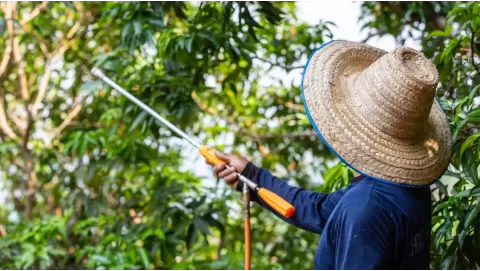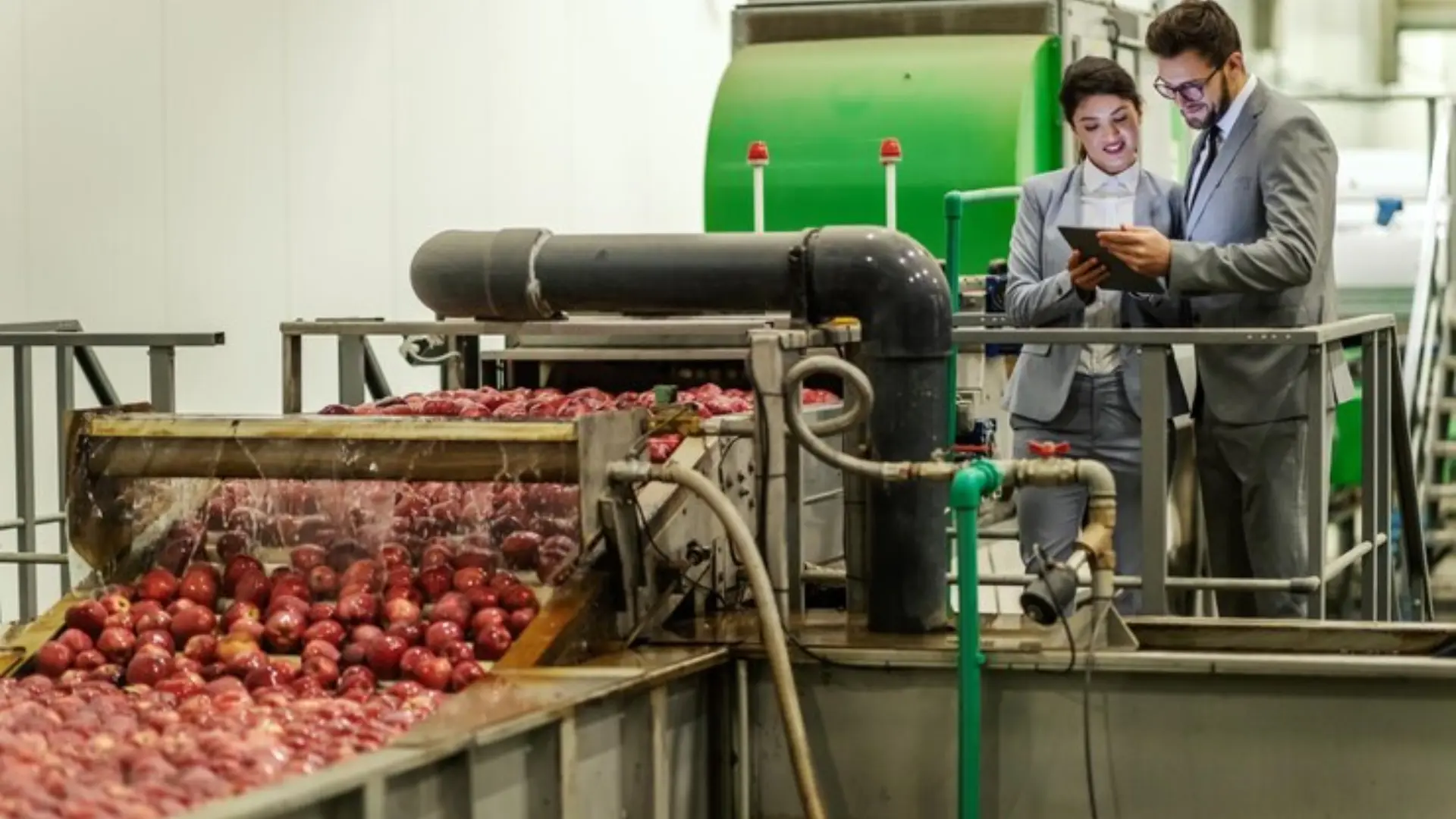
Advancing Extraction and Preservation: Cutting-Edge Solutions for Post-Harvest Processing
In today’s advanced world of agriculture, horticulture, and herbal extracts, the period in which plants are harvested is as important as the cultivation process. As growers chase quality, longer shelf life, and the most value from their crops, post-harvesting has become a high-tech frontier, refining the process of how to preserve, extract, and refine chemical compounds.
- What: Advanced post-harvest processing, including freeze drying and modified atmosphere packaging, preserves nutrients, extends shelf life, and reduces waste without additives or harsh processing.
- Ideal For: Growers, herbal processors, food producers, and researchers aiming to preserve potency, flavor, and value in harvested crops.
- Key Players:
- Harvest Right: Freeze drying systems for home, small business, and commercial use, designed to preserve nutrients, flavor, and extend shelf life.
- Tip: Combine freeze drying with modified atmosphere packaging to maximize quality, extend freshness, and reduce losses throughout the supply chain.
Whether it's preserving your garden harvest, creating your own herbal medicine chest, or making homemade fruity treats, drying herbs and produce can be an easy way to capture the best of the season and keep it well beyond. One of the most effective and easiest means of preservation to come out of these advancements is freeze drying, specifically with the use of Harvest Right Freeze Dryers.
The Evolution of Post-Harvest Processing
Farmers have preserved their harvests for centuries by sun drying, salting, fermenting, and smoking their produce. These time-honored techniques could be straightforward, but that was the problem, they were often at the expense of nutrition, texture, or taste.

Nowadays consumer expectations are different. People are looking for longer shelf-life, ingredient-free, and fresher-tasting foods that aren’t nutritionally poor. Time-tested methods do not suffice at the speed and accuracy level in today’s markets.
Post-harvest processing in the modern era is not only a means by which to preserve harvests but, in an equally important sense, to preserve waste and to maximize value. And that takes a technological leap forward.
Why Advanced Preservation Matters Today
In a time of climate change-induced food supply chain instability, when sustainability has never been more important, what people do to preserve food post-harvest is critically essential.
Advanced methods like freeze drying help growers:
- Retain more vitamins and minerals
- Minimize spoilage and post-harvest losses.
- Satisfy consumer cravings for clean-label, wellness-driven products
It’s more than just an issue of prolonging shelf life — it’s about maintaining integrity, from nutrients to flavor to everything else in between.
Understanding Freeze Drying in the Post-Harvest Chain
Freeze drying (also known as lyophilization) is a modern method of removing water from products while preserving their structural integrity and value.
Here’s how it works in three stages:
- Freezing – The product is frozen solid to lock in its cellular makeup.
- Vacuum Application – Lower pressure by vacuuming, which sublimates ice (changes directly to vapor).
- Drying – Water is removed in a delicate process, leaving a stable and lightweight dry product.
The result? A product that looks, tastes, and nourishes almost exactly like the fresh version, but with years of shelf life.
Benefits Over Conventional Drying or Preservation Methods
Compared to heat drying or chemical preservation, freeze drying offers clear advantages:
- Nutrient Retention: Retains up to 97% of the nutritional content.
- Flavor and Texture: Preserves natural flavor, color, and crunch.
- Shelf Stability: Freeze-dried goods can last up to 25 years with minimal storage needs.
- Versatility: Works for everything from fruits and herbs to pharmaceuticals.
While other methods often compromise quality for convenience, freeze drying strikes the perfect balance between preservation and purity.
Harvest Right: Redefining Home and Commercial Freeze Drying
Freeze drying isn’t just for labs and factories anymore. Thanks to Harvest Right, it’s available to home users, small businesses, and commercial operations alike. Their range of freeze dryers is bringing science-based preservation to kitchens across the world, farms, and storefronts - without compromising on quality, strength, and ease of use.
Whether you are a homesteader wanting to freeze or preserve large quantities of garden produce or a business drying botanicals, Harvest Right has a freeze dryer for you.
Designed for Quality, Tested for Performance
Every unit is tested in the warehouse before anything goes out. These are not cookie-cutter machines; they are performance-grade machines that have been optimized for consistency, durability, and ease of use.
Each freeze dryer features:
- Industrial-strength vacuum pumps
- Stainless steel trays and components
- Smart controls for cycle automation
This is a system built for results, whether you are preserving kale chips or lab-quality samples. Quality here isn’t a marketing term; it’s woven into every phase of design and testing.
A Tool for Homeowners, Chefs, Farmers, and Beyond
Harvest Right isn’t just for preppers. It’s become a go-to solution for:
- Home gardeners preserving seasonal produce
- Chefs creating high-end, shelf-stable dishes
- Farmers extending the life of perishable crops
- Pet food producers seeking clean-label solutions
- Botanical processors retaining maximum potency
From emergency preparedness to lifestyle and food storage to culinary, and so much more, the Harvest Right freeze dryer helps you bring the best of all that you love out of your kitchen and into your home.
Freeze Drying vs. Other Preservation Methods
Method | Nutrient Retention | Shelf Life | Texture Retention | Additives Required |
Freeze Drying | ⭐⭐⭐⭐⭐ | Up to 25 years | Excellent | No |
Dehydration | ⭐⭐ | 1–2 years | Brittle/Chewy | Sometimes |
Canning | ⭐⭐ | 2–5 years | Soft/Mushy | Often |
Freezing | ⭐⭐⭐⭐ | 6–12 months | Good | No |
The Role of Freeze Drying in Extraction and Quality Preservation
Gentle freeze drying means that all natural processes in the fruits and plants are preserved. That preserves the delicate compounds that make botanicals so aromatic and potent, not like conventional drying. This means the end product retains maximum potency, flavor, and nutritional value.
Drying at these low temperatures also maintains the integrity of the molecules without heating damage. Regardless of whether you are using this for medicinal herbs or specialty foods, you are going to like the fact that processing does not make any of your items disappear.
Extending Shelf Life Without Additives
One of the best things about freeze drying is how much longer it will keep things, such as food or what have you, often times many years. And, of course, naturally, without preservatives or additives.

Freeze drying eliminates almost all of the water and almost all of the living organisms. That means consumers can also enjoy farm-fresh products after months have passed since harvests, it takes up less space in storage, during shipping, and there is less to throw out.
Supporting Sustainable and Profitable Operations
Freeze drying is a green process. And the system in the opposite direction requires growers and producers to reduce their spoilage and waste and make better use of their produce. This means that more of what you grow gets to market and can result in a more consistent product.
From a business standpoint, longer shelf life and maintained quality translate to higher margins and satisfied customers. Freeze drying is a cost-effective, green business solution.
Practical Applications Across Industries
Emergency kits and long-term food stores are full of freeze-dried food. Due to their light weight, long shelf life, and preserved nutritional value, they are perfect for disaster preparation and military use.
They can also provide vital nutrients when fresh food is scarce, and in the aftermath of an emergency, they have been deployed to aid communities in keeping their food supplies secure.
Home Growers and Gardeners
For the backyard gardener, freeze drying is an accessible method for preserving the garden harvest without investing in a bulky, expensive machine or an arsenal of chemicals. This compact freeze dryer is perfect for home use, allowing gardeners to preserve home-grown produce all year round and make freeze-dried food at home!
This technology allows home cooks to keep leftover waste, save money on everything, from drying herbs for seasoning to crackers, teas, or snacks, and save time.
Lab and Research Applications
Freeze dryer is widely used in medicine, pharmacy, biology research, chemical industry, and food production. This enables scientists to keep delicate samples for long periods without them turning to mush.
Freeze drying of samples is also advantageous for storage, handling, and transport, since the substance is of reduced volume, which in turn eases investigation for pharmaceutics, agriculture, and the food sciences. The accuracy and speed of this technique make it particularly valuable in science.
Prioritizing Food Safety in Post-Harvest Handling
Food safety issue in postharvest storage, especially for fresh produce, including fresh fruits and fresh vegetables, is a big concern. Variation in storage, cleaning, or manufacturing can result in bacteria and disease. The technology of food preservation (eg, freeze drying and modified atmosphere packaging) is necessary during cultivation, and bottling must be such that food integrity is preserved, spoilage is deterred, and the final product is rendered nonperishable to at least a hazardous degree by the process of distribution.
Tackling Food Waste with Preservation Technologies
A large amount of global food loss occurs at the post-harvest stage. Not only does this waste represent inefficiency, but it also signals the squandering of the resources invested in growing food, water, labor, and energy. Utilising preservation methods like freeze drying, when combined with efficient cold-chain logistics, will enable manufacturers to preserve fresh produce for longer shelf-life, convert these perishables into long shelf-life products, and reduce post-harvest waste. These are ways that are constructive in a more sustainable and circular food chain.
The FAO’s Role in Addressing Global Food Loss
The Food and Agriculture Organization (FAO) is leading the charge in alleviating worldwide issues of food waste and post-harvest loss. In advocating for policy, conducting research, and working to create on-the-ground programs, FAO is calling on countries around the world to strengthen post-harvest conditions. Through inspiring packaging and storage solutions, the organization aims to reduce spoilage on the fruit value chains and to improve long-term food security in regions where the trade in fresh produce is still limited.
Modern Solutions for Fragile Fresh Produce
Supply chains for fresh produce are sensitive to spoilage, which is why efficient post-harvest processes are indispensable. Once everything is picked, timing and temperature are everything. Gadgets such as modified atmosphere packaging slow down the ripening process and slow down the decay by modifying the internal atmosphere. Together with freeze drying, this packaging maintains the germinating capacity of fresh produce for significantly longer, which in turn decreases food waste for producers and retailers.
Extending Shelf Life with Modified Atmosphere Packaging
Modified atmosphere packaging (MAP) is one of the conventional techniques for altering the internal atmosphere of a sealed package to reduce spoilage. Commonly employed in the fresh produce packaging sector, MAP reduces oxygen and increases carbon dioxide to inhibit microbial growth and ripening. This type of technology to preserve natural freshness in produce operates to reduce post-harvest loss of foods for local markets and distant transport/export movement of produce while keeping foods at a high point of food safety.

To take a market-based approach to dealing with food loss, the first thing you have to do is know where the food loss hotspots are — the parts of the supply chain that are most vulnerable to spoilage. From low infrastructure to poor cooling to ineffective logistics or whatever else it is that may put an operation in the red, discoveries like these let companies target these problem areas to be better. It starts with investment in preservation technology to prevent losses and save food along the value chain.
Measuring Food Loss to Improve Efficiency
The initial steps to addressing post-harvest food loss begin with the ability to accurately quantify food loss. This involves seeking information at farms, warehouses, processing plants, and stores. With research into both where and why loss happens, growers and other parts of the supply chain can make changes in storage systems, harvest practices, and value-added processes like freeze drying. They are not only about combating waste, but also about creating economic resilience and ensuring environmental sustainability.
Strengthening Fruit Supply Chains with Post-Harvest Innovations
Fruit chains are complex, with each node vulnerable to spoilage and wastage. The produce must be handled with care from harvest through to the point of sale. Expanding post-harvest treatments like freeze drying, vacuum packaging, or storage ensures that fruit will be preserved in a manner that preserves its nutritional content and appearance. These improvements could significantly reduce waste as well as allow for market expansion and shelf life.
FAQs
Q1: What types of products benefit most from freeze drying? Freeze drying is suitable for an array of items, from fruits and vegetables to herbs, ready meals, dairy, and botanicals, as well as pharmaceuticals. It’s especially good for products that need a long shelf life without losing their original taste, texture, and nutritional value.
Q2: How does freeze drying compare to modified atmosphere packaging (MAP)? Although both processes extend shelf life and maintain product quality, freeze drying removes moisture to prevent microbial activity, whereas MAP delays spoilage by altering the gases inside the package. Freeze drying is for permanent preservation; MAP is for short-term fresh produce logistics.
Q3: How can small farms or home growers afford post-harvest technology like freeze-dryers? It's amazing, and thanks to companies like Harvest Right, freeze-drying technology is accessible to consumers in small, portable versions. This access means that small- and large-scale growers can now minimize wastage, and also value-addingly preserve their produce and enjoy year-round food security.
Final Thoughts
With mounting pressure on global food systems, from climate instability to growing consumer demands for clean, long-lasting products, advanced post-harvest processing is no longer a luxury; it’s a necessity. Technologies like freeze drying and modified atmosphere packaging are changing the way people preserve the taste, nutrition, and structure of crops post-harvest, enabling growers and processors to bring the best quality to market, regardless of weather or growing conditions across the supply chain.
And Harvest Right is one of that innovations that really enables progress. By making it possible for anyone to use professional-grade freeze-drying equipment, Harvest Right takes the fight to food waste, helping home gardeners and food producers freeze-dry large amounts of food with devastating efficiency. Their dedication to quality, value, and ease of use has become the industry standard in post-harvest technology.
Disclaimer: This material is for informational purposes only and should not be relied on for legal, medical, financial, or other professional advice.
Sources:
Science Direct - Freeze Drying
Food and Agriculture Organization - POST-HARVEST SYSTEM AND FOOD LOSSES




